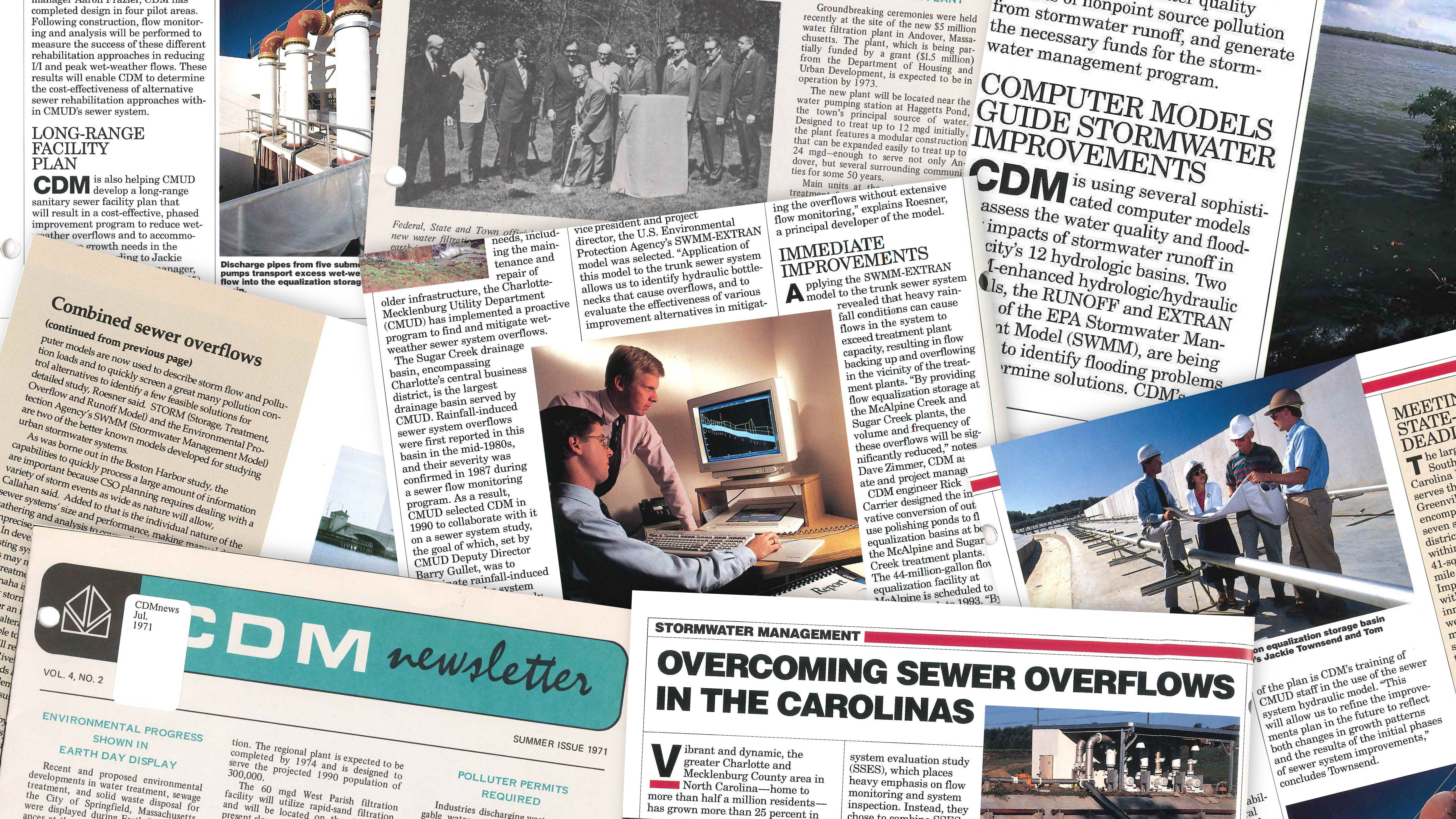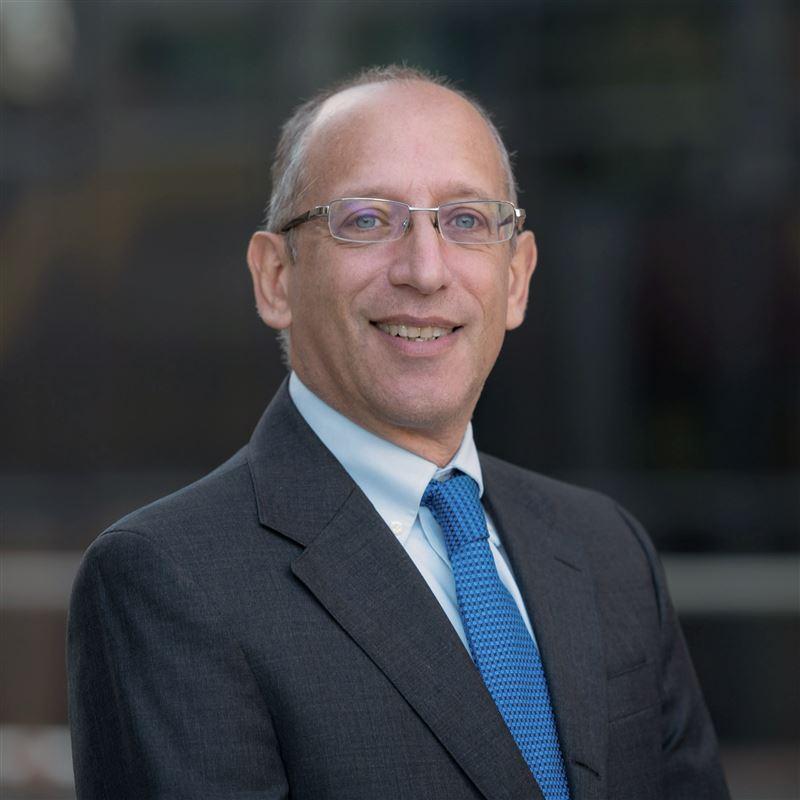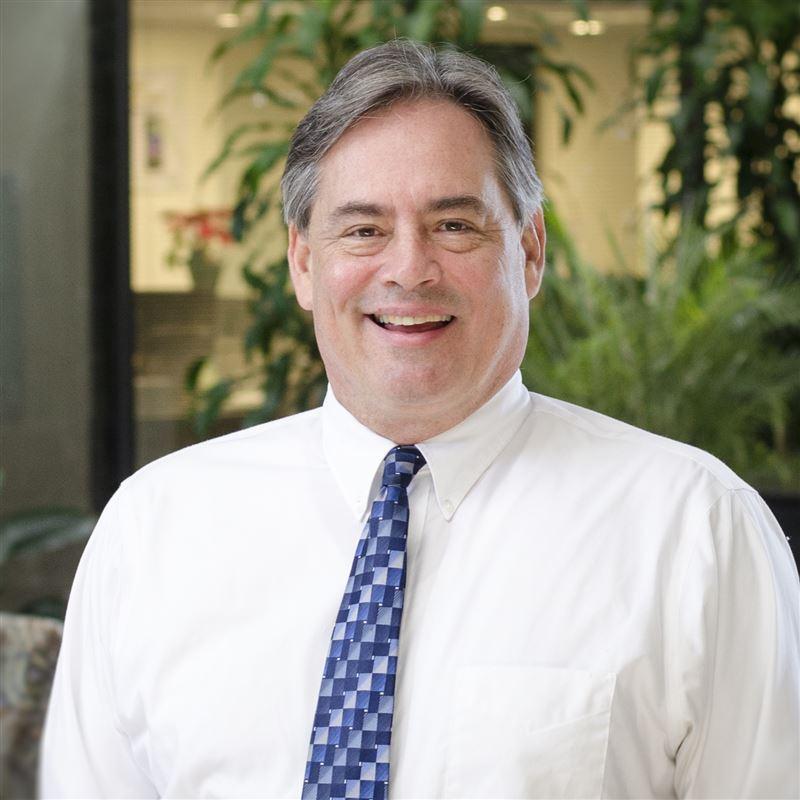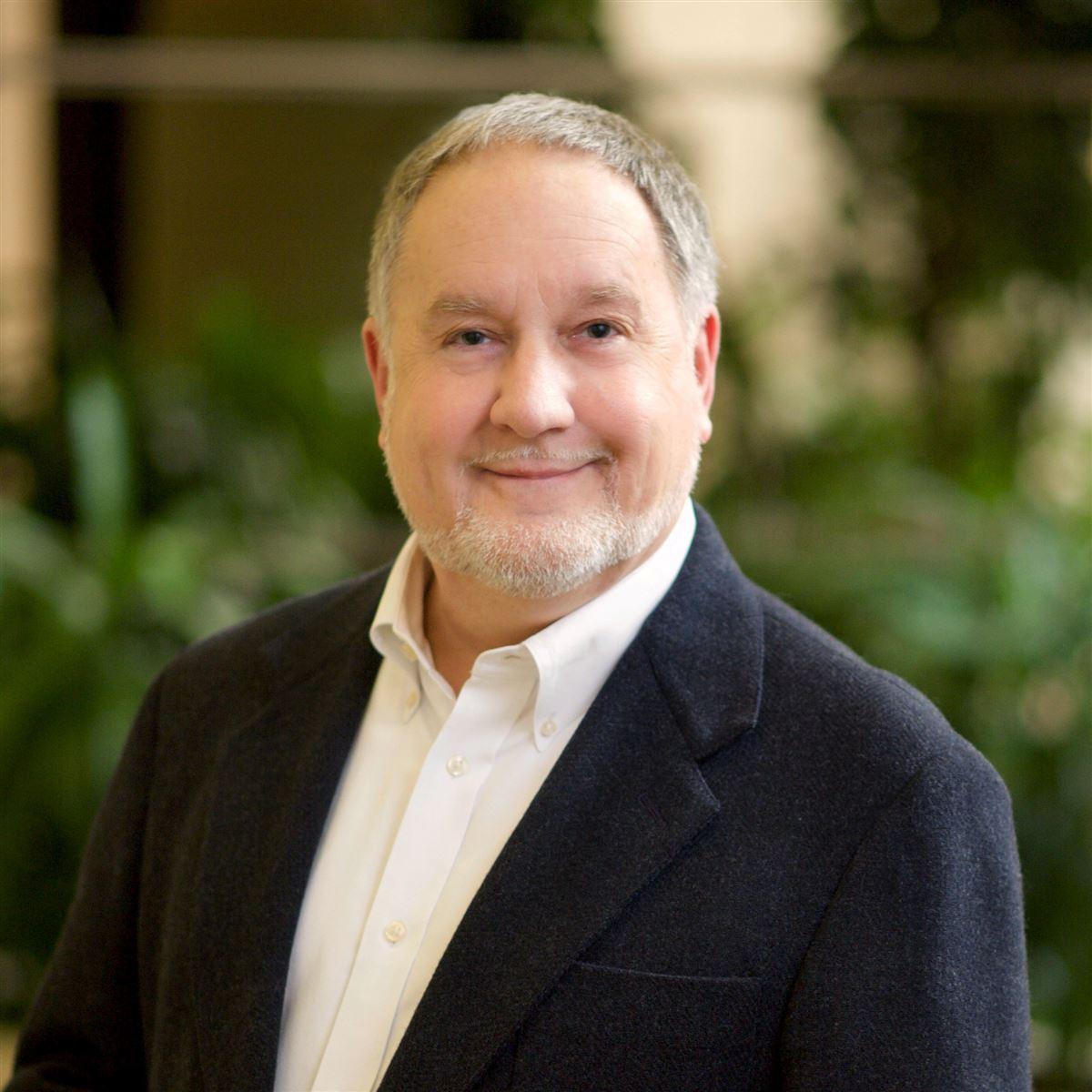How SWMM Changed the Way Cities View Water
In the late 1960s, water quality in American cities was in crisis. Polluted water degraded urban infrastructure, ecosystems, and quality of life. Cleveland’s Cuyahoga River caught fire at least 13 times before 1969, contaminated so severely with industrial waste that even leeches and sludge worms had no chance at survival. In a 1969 Time article on American sewer systems, a Cleveland citizen joked grimly, “Anyone who falls into the Cuyahoga does not drown. He decays.” Philadelphia’s waterways turned the paint of ships brown when they docked or traveled through. A dip in Miami’s Biscayne Bay became hazardous in the 1960s, with popular swimming areas polluted by the city’s effluent. Local fishermen were lucky to catch anything—not that they’d want to.
Public concern for the state of this critical resource escalated. In the spring of 1970, environmental activists created Earth Day to force the issue. The US Environmental Protection Agency (EPA) was formed in December 1970 to marshal remediation. In 1972, Congress passed the Clean Water Act, establishing the goal for most U.S. waters to be fishable and swimmable. Urban leaders, agencies and citizens began to realize that clean water is essential to healthy urban environments.
Computer Models for Clean Water
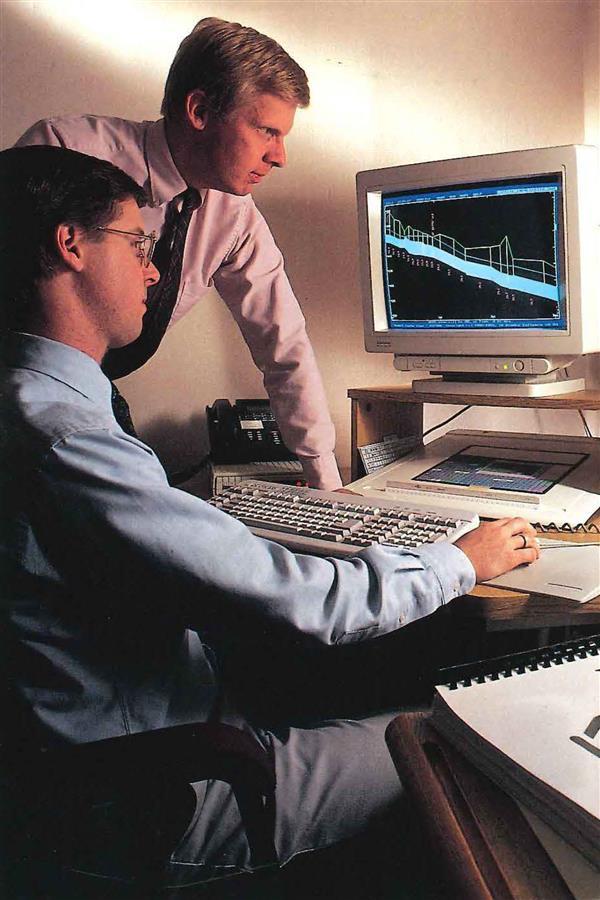
As environmental consciousness grew, computer technology evolved. The first proposal for Earth Day was delivered in San Francisco in October 1969; that same month, networking of computers among California universities formed the initial basis of the Internet. Rapid development of programming languages and computer chips led to the first prototype of the modern personal computer. Computing power offered an array of thinkers a new means to tackle big problems.
A dedicated group of water modelers seized the opportunity this historic intersection of technology and awareness offered, and began an effort that would play a major, and largely unheralded, role in the transformation of cities’ awareness and care for their water resources. For five decades, their computer modeling work has dramatically improved the ability of cities to address stormwater flows, revolutionizing the effort to improve urban water quality.
Beginning in 1969, Professor Wayne Huber of the University of Florida and engineering firms Water Resources Engineers and Metcalf & Eddy began a collaboration to develop the Storm Water Management Model, or SWMM. The project was backed by $350K in federal funding ($2.85M in 2023) with the long-term goal of advancing stormwater management capabilities; a groundbreaking investment for its time. SWMM’s original developers were driven by their “persistence, enthusiasm, and desire to help others,” says Mitch Heineman, who has worked to advance SWMM since the 1990s.
Conquering CSOs
In the late 1960s, municipalities across the United States experienced uncontrolled overflows of combined stormwater and wastewater into nearby bodies of water during rainstorms. Combined sewers were designed to collect rainwater, industrial wastewater, and domestic sewage into one pipe, but with the frequency and intensity of wet weather events, combined sewer overflows (CSOs) were discharged when the flows exceeded wastewater treatment capacity.
The first version of SWMM was developed from 1969 through 1971. It was coded in Fortran, the premier language at the time for scientific and engineering applications. “Computer modeling helped identify what cities could do to reduce CSOs,” says Heineman. “Where is it most effective to make pipes bigger? What combination of additional conveyance, storage, treatment, and sewer separation can most efficiently reduce CSO volume and frequency?”
SWMM 1 consisted of four separate programs. The Runoff, Transport, Storage/Treatment, and Receive “blocks” shared a common data format, allowing use of output from one block in one of the other components. Together, they allowed planners and water engineers to understand CSO frequency and volume and assess its impact on waterways.
Mike Schmidt, a water resources infrastructure and resiliency expert, recalls one of his early-career mentors, Dr. Larry Roesner, describing the complexity of understanding water flow in tricky urban environments. Roesner was a champion model developer and integral authority in the water resource industry, serving as the firm’s chief technical officer in the 1990s. “San Francisco needed a tool to address not only CSO, but also to model the unique way water flows there. San Francisco is very hilly; water flows were unpredictably fast. They needed to address continuity, the conservation of mass energy, but also momentum.” For the first time, SWMM made that analysis possible as the team applied early model capabilities to the Golden Gate City.
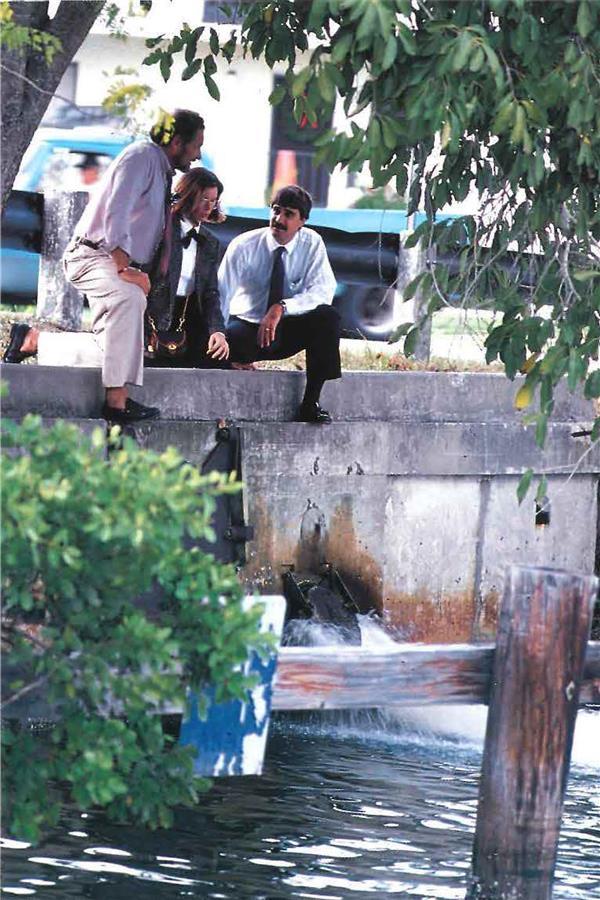 SWMM’s Runoff and Transport blocks were included in the original 1971 program; their conceptual models remain foundational components of the software today. Water Resources Engineers, which joined CDM Smith in 1975, developed a more rigorous hydraulic simulation model for San Francisco to help with its modeling needs. That “Extended Transport” program became the EXTRAN block of SWMM 2, developed by Roesner and the late Dr. John Shubinski, released in 1975.
SWMM’s Runoff and Transport blocks were included in the original 1971 program; their conceptual models remain foundational components of the software today. Water Resources Engineers, which joined CDM Smith in 1975, developed a more rigorous hydraulic simulation model for San Francisco to help with its modeling needs. That “Extended Transport” program became the EXTRAN block of SWMM 2, developed by Roesner and the late Dr. John Shubinski, released in 1975.
EXTRAN allowed SWMM to simulate fully dynamic flow, improving its ability to simulate open channel and closed conduit systems subject to unsteady flows. With this software came a need for equally muscular computing power. “Back in the day, they ran EXTRAN on NASA mainframes when NASA wasn't launching rockets,” Schmidt says.
Handling, treating, and managing urban water was becoming less of a guessing game. SWMM 2 could model continuous simulation in runoff instead of single events, and even accounted for snow processes, and how that specific type of runoff would impact urban infrastructure. Roesner continued to build off his technical legacy by developing the Storage, Treatment Overflow, Runoff Model (STORM) to continuously simulate flows for EXTRAN hydraulics evaluations.
From Point to Nonpoint
“There’s always a catch though, right?” remarks Bill Cesanek, an urban planner and expert in stormwater management. “City water wasn’t getting as clean as the EPA wanted or expected it to. Point source runoff—pollution dumping into waterbodies from the end of a pipe—took a lot of the blame, but nonpoint source runoff was still a big catalyst of pollution,” he says. Cities had to take a closer look at water flowing across streets and other hard surfaces. “Pesticides, fertilizers, metal vehicle rust, and atmospheric dust settling…when it rains, all of these contaminants are washed into our water,” Cesanek adds. “SWMM’s further development was spurred by our growing understanding of runoff, how it affects cities and how it affects water quality.”
“SWMM was created to model combined sewer systems, but we expanded the software to take on more traditional stormwater observation and planning,” says water resources engineer John Aldrich. A keen craftsman, Aldrich has successfully developed over 50 community and watershed facility plans for wet weather management. For SWMM 3 and 4, he coded functions to add simulation capabilities for streams and other open water channels. This allowed cities to gauge nonpoint source runoff more effectively.
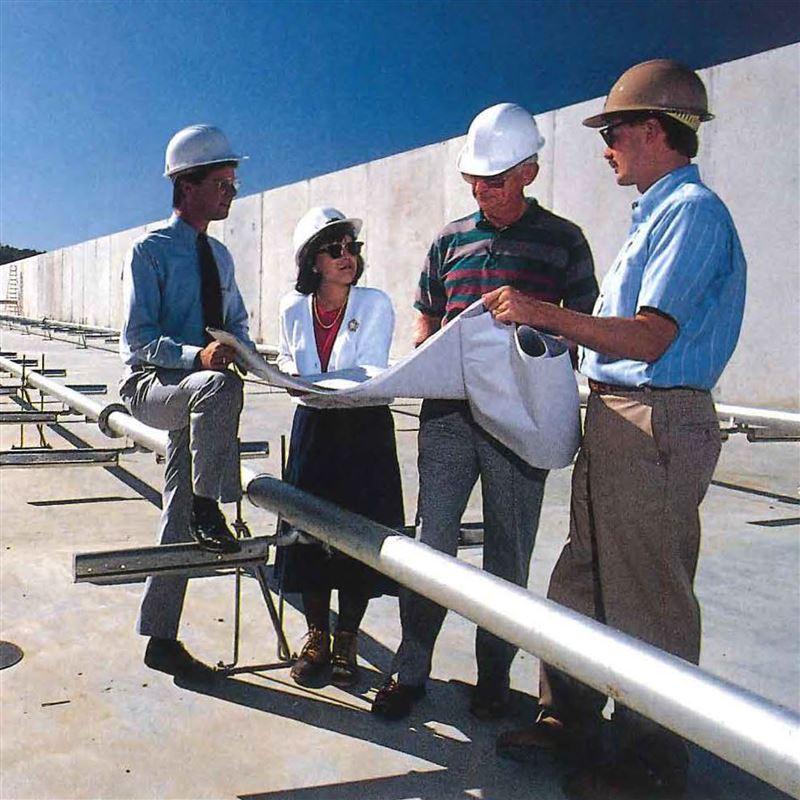 When it came to SWMM’s next iteration, “The first order of business was to standardize the model,” Schmidt says. “We needed to establish common versions.” SWMM 3, released in 1981, spearheaded by CDM Smith and experts from the University of Florida, also added features that focused on soil infiltration, buildup and washoff for water quality simulation, improved rainfall and temperature statistics. EXTRAN updates for open and closed conduits were released that same year, coded by Shubinski, Aldrich and Roesner. The model’s power grew as it was able to encompass lakes, large open channels for rivers and streams, underground storage, and time-varying visualizations of water flow. SWMM could now model both urban and more natural systems and it better understood local surface hydrology.
When it came to SWMM’s next iteration, “The first order of business was to standardize the model,” Schmidt says. “We needed to establish common versions.” SWMM 3, released in 1981, spearheaded by CDM Smith and experts from the University of Florida, also added features that focused on soil infiltration, buildup and washoff for water quality simulation, improved rainfall and temperature statistics. EXTRAN updates for open and closed conduits were released that same year, coded by Shubinski, Aldrich and Roesner. The model’s power grew as it was able to encompass lakes, large open channels for rivers and streams, underground storage, and time-varying visualizations of water flow. SWMM could now model both urban and more natural systems and it better understood local surface hydrology.
Throughout the 1980 and 1990s, engineers like Chuck Moore continued to advance the software in collaboration with Wayne Huber, who by then had moved to Oregon State University. Among Moore’s contributions were implementation of the “RTK” unit hydrograph method, widely used ever since for modeling infiltration and inflow into sanitary sewer systems, and incorporation of real-time controls for simulating automatically operated gates.
SWMM 4, released in 1988, introduced the capability to simulate groundwater levels and their interaction with collection systems. While earlier versions had been designed for fixed-column entry onto paper cards for input to mainframe computers—as was all software until the 1980s—SWMM 4 was designed for personal computers. It allowed users to input “free format” data rather than in fixed columns and allowed comment lines in input data for more reliable preparation and data checking.
Growth and Evolution
SWMM’s popularity grew along with its complexity. Water modelers around the U.S. sought to gain expertise, and SWMM’s evangelists were energetic. “The first training course we started was for the city of Daytona Beach, circa 1988,” says Schmidt. “We developed booklets about different applications, and we trained up their staff.” After Daytona, the training team went to Detroit to teach an EPA SWMM course for water modelers on the Rouge River National Wet Weather Demonstration Project. “It was so well-liked that we had no choice but to branch out. We instructed at the University of Florida for about eight years, and some members of our team continued to teach at Colorado and Oregon State.”
Water resources engineer Ted Burgess joined CDM Smith in 1988, largely for a chance to work on SWMM. “In grad school, I became involved in working with the code,” he says. “The opportunity to join the firm that had the greatest name recognition with SWMM represented an exciting opportunity for me.” In the 1990s, Burgess and Schmidt led a partnership between CDM Smith and the Danish Hydraulic Institute to develop MIKE SWMM, the first Windows-based graphical interface for SWMM.
Beginning in 2001, Burgess helped lead what Heineman describes as the most significant update in the model’s history: working with EPA to overhaul the entirety of the 30-year-old code. “Recoding in C resulted in a streamlined piece of code that was more suitable for the long-term future of SWMM,” Burgess says.
Released in 2004, SWMM 5 merged the existing simulation blocks into a single program, introduced a free graphical user interface, incorporated expanded abilities for simulating real-time controls, and incorporated software “hooks” to allow incorporation of SWMM into advanced user interfaces developed by software vendors. These enhancements made the software much easier to use.
New Capabilities for a Changing Climate
The updates coded by Aldrich in SWMM 3 and 4 to model natural channels also set the stage for the future of low-impact development (LID), or green infrastructure. As urban planners began strategizing new ways to treat nonpoint source runoff, green infrastructure came to the forefront as a powerful solution. “Over time, engineers have accepted that there’s a thing or two to learn from Mother Nature,” says Aldrich. “There are opportunities, rather than moving water out as quickly as possible, to let it soak into the ground or move around in natural ways.”
Green roofs, bioswales, tree canopies, parks, planter boxes and more have surged in popularity as natural methods to filter stormwater runoff and stop CSOs in their tracks. For SWMM, Heineman prototyped functionality to compute evaporation from temperature data, creating more accurate simulations of groundwater conditions, pond levels, and LID features; EPA ensconced LID practices in SWMM in 2010.
SWMM-CAT, an add-on tool, was created in 2014 to incorporate future climate projections into simulations with location-specific adjustments derived from global climate change models. The model also incorporated capabilities to simulate rainfall and runoff across green infrastructure. A year later, water infrastructure and resiliency expert Tom Nye made painstaking code improvements to bolster core hydrologic functions to simulate water across soils, from sandy loams to clay. Most recently, Heineman has provided peer review for street-level hydraulic capabilities for modern stormwater conveyance elements like gutters and catch basin drain flows.
Redefining Water's Role in Cities
In Philadelphia, waterways browning the paint of traveling ships is a distant memory. The Philadelphia Water Department became a green infrastructure champion to combat CSOs and pollution, using future precipitation projections to assess different storm sizes and intensities. “Using SWMM modeling, we were able to show that Philadelphia could achieve most of their required CSO management obligations using a green stormwater infrastructure approach,” says Cesanek. Continuously iterating their SWMM model, Philadelphia’s team built nearly 800 green infrastructure sites over 1,500 acres. During a 1-inch storm, each acre can soak up over 27,000 gallons of polluted runoff, achieving a 3-billion-gallon reduction in CSOs. The Philadelphia Water Department is now championing a Climate Change Adaptation Program to strategize for future impacts on the city’s drinking water, wastewater, and stormwater systems.
Miami took charge to transform the state of its water as well. Prone to flooding from extreme climate events, sea level rise, and raw waste pollution, Miami used the clarity SWMM provided to solve its urban water challenges. The original 1986 Storm Drainage Master Plan included a capital improvement plan of $267 million of exfiltration and positive drainage systems after treatment to provide flood protection and protect the bay’s water quality. This foundation laid the groundwork for a newly updated and comprehensive stormwater master plan, a blueprint to address climate conditions over the next 50 years.
Cleveland’s Cuyahoga River is now designated as an American Heritage River due to its role in the environmental movement, boasting excellent water quality in the upper 25 miles. Cities have recognized that through strategy, water modeling and green infrastructure they can achieve a more harmonious relationship with water, better manage resources, and plan for growth.
When cities use “software as a service” (SaaS) solutions like Trinnex’s waterCAST Sewer to anticipate problems before they become crises and achieve digital-first resiliency, they are drawing upon a technical legacy and code base that started with SWMM in the late 1960s. With today's cloud computing and artificial intelligence capabilities, water modelers are unlocking the SWMM engine's full potential at Trinnex. Running simulations every hour provides a "live model" (or digital twin) to predict blockages, sewer overflows, and system anomalies to get in front of these events before they occur, saving utilities on compliance violation fees, public notification automations, and smart operations and maintenance activities.
A rich ecosystem of commercial software builds upon SWMM’s foundations, including Autodesk’s InfoWorks ICM, Bentley SewerGEMS and CivilStorm, and CHI PCSWMM. Research is underway into a high-speed computational engine that would revolutionize the simulation speed of complete urban systems, and artificial intelligence algorithms are being applied to test model building and sensitivity analysis. The EPA’s National Stormwater Calculator, designed for the general public, completes SWMM’s transition from a specialist product running on mainframes to mobile web technology accessible to any curious mind.
“Computing technology cannot address political and social problems, but computer simulations can help us understand complex phenomena,” says Heineman. “Computers allow us to perform what-if simulations that illustrate the consequences of our action, or inaction, to address critical infrastructure management issues. Society today faces broader challenges to limit and mitigate sea level rise, global warming, climate disruption and ecological devastation. The quality of urban waterways has a visible and immediate impact on people’s lives, and it’s an important part of efforts to address environmental issues into the future.”



